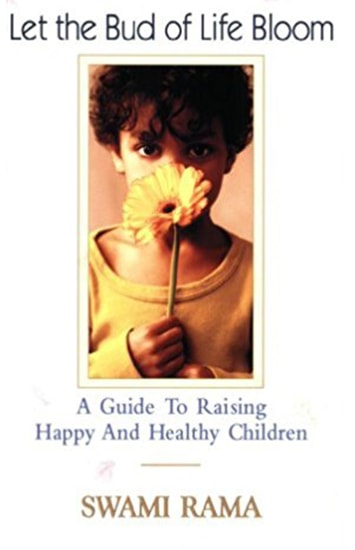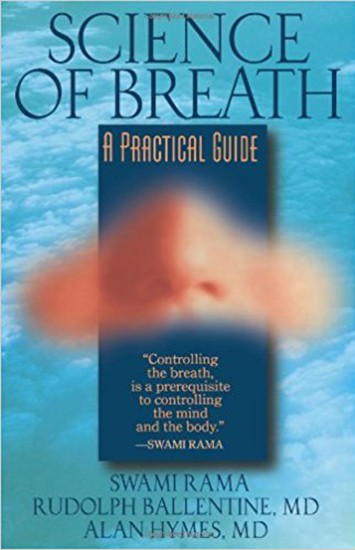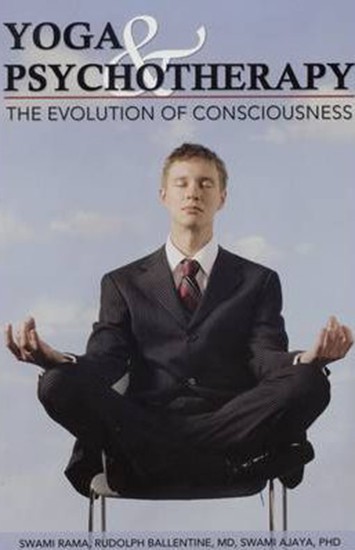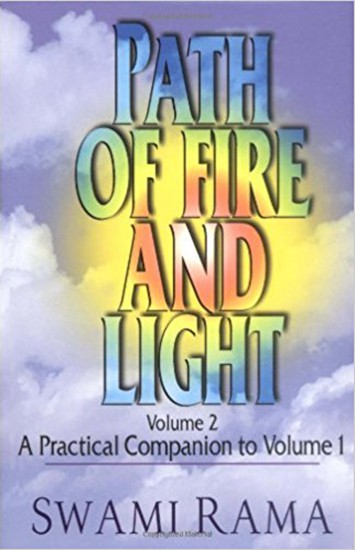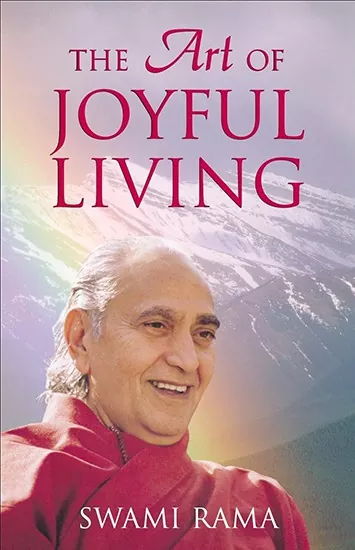-
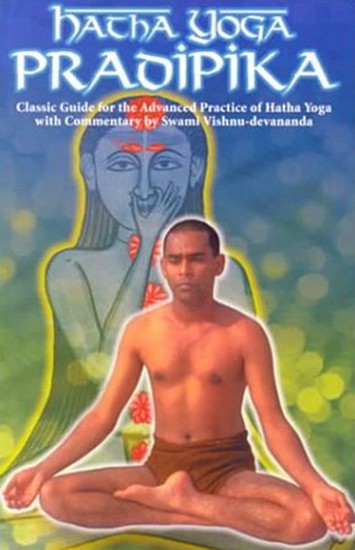 The Hatha Yoga Pradipika is a classical text describing Hatha Yoga. It is said to be the oldest surviving text on Hatha Yoga. Swami Swatmarama, a disciple of Swami Goraknath, wrote the text in the 15th century CE, drawing upon previous texts and his own experiences. While the text describes asanas (postures), purifying practices (shatkarma), mudras (finger and hand positions), bandhas (locks), and pranayama (breath exercises), it also explains that the purpose of Hatha Yoga is the awakening of kundalini (subtle energy), advancement to Raja Yoga, and the experience of deep meditative absorption known as samadhi.
The Hatha Yoga Pradipika is a classical text describing Hatha Yoga. It is said to be the oldest surviving text on Hatha Yoga. Swami Swatmarama, a disciple of Swami Goraknath, wrote the text in the 15th century CE, drawing upon previous texts and his own experiences. While the text describes asanas (postures), purifying practices (shatkarma), mudras (finger and hand positions), bandhas (locks), and pranayama (breath exercises), it also explains that the purpose of Hatha Yoga is the awakening of kundalini (subtle energy), advancement to Raja Yoga, and the experience of deep meditative absorption known as samadhi. -
 Lectures on Yoga is a systematic, easy to understand presentation of effective self-training programs to expand one's physical, mental and spiritual horizons. East and West are united to give readers a practical method to self-understanding; all ages will benefit from this lucid presentation of time-honored wisdom.
Lectures on Yoga is a systematic, easy to understand presentation of effective self-training programs to expand one's physical, mental and spiritual horizons. East and West are united to give readers a practical method to self-understanding; all ages will benefit from this lucid presentation of time-honored wisdom. -
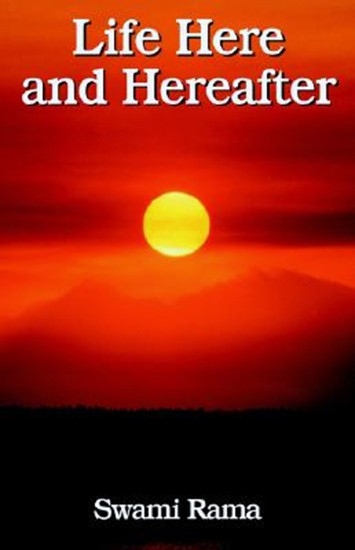 Based on the encounter between Yama, the King of Death, and Nachiketa, the seeker of death's meaning, this book examines the mystery and challenge of death. The story is taken from the Kathopanishad, one of the most important and ancient of all the scriptures. A philosophical understanding of the meaning and purpose of life and death is presented, along with a practical psychology for coping with life and for overcoming the fear of death.
Based on the encounter between Yama, the King of Death, and Nachiketa, the seeker of death's meaning, this book examines the mystery and challenge of death. The story is taken from the Kathopanishad, one of the most important and ancient of all the scriptures. A philosophical understanding of the meaning and purpose of life and death is presented, along with a practical psychology for coping with life and for overcoming the fear of death. -
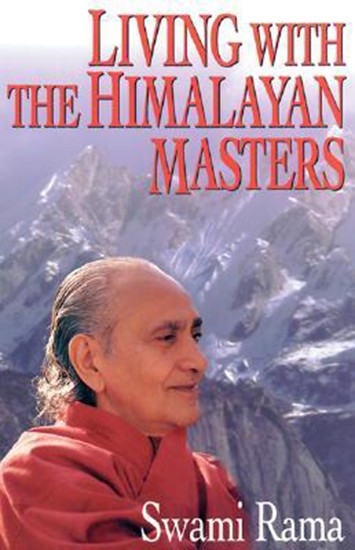 In this extraordinary account of his spiritual adventures, the author presents his encounters with Mahatma Gandhi, Sri Aurobindo, Rabindranath Tagore, a lady sage who never slept, and many other Himalayan masters. The author spent eleven months in a cave monastery and traveled to study in Tibet with his grandmaster. He author honors this spiritual teacher as a stream and a channel of wisdom. He modeled selflessness, fearlessness, faith, and determination as prerequisites for enlightenment. Swami Rama also writes about his experiences on the path of renunciation, which he calls "a razor's edge." He ponders the rich meanings of humility, conquering fear, trusting in divine protection, developing the powers of the mind, and casting off the body in death. One of the best examples of Swami Rama's humanity is conveyed in a brief chapter where he humorously tells of being mistaken as a ghost while meditating in a cemetery.
In this extraordinary account of his spiritual adventures, the author presents his encounters with Mahatma Gandhi, Sri Aurobindo, Rabindranath Tagore, a lady sage who never slept, and many other Himalayan masters. The author spent eleven months in a cave monastery and traveled to study in Tibet with his grandmaster. He author honors this spiritual teacher as a stream and a channel of wisdom. He modeled selflessness, fearlessness, faith, and determination as prerequisites for enlightenment. Swami Rama also writes about his experiences on the path of renunciation, which he calls "a razor's edge." He ponders the rich meanings of humility, conquering fear, trusting in divine protection, developing the powers of the mind, and casting off the body in death. One of the best examples of Swami Rama's humanity is conveyed in a brief chapter where he humorously tells of being mistaken as a ghost while meditating in a cemetery. -
 This inspiring book will be helpful to anyone who is seeking to understand the dynamic interplay between loving relationships and the path of spirituality. In clear, candid language, Swami Rama presents his vision of the potential that marriage and family life have to help us open our heart, expand our personality, and contribute to our spiritual unfoldment.
This inspiring book will be helpful to anyone who is seeking to understand the dynamic interplay between loving relationships and the path of spirituality. In clear, candid language, Swami Rama presents his vision of the potential that marriage and family life have to help us open our heart, expand our personality, and contribute to our spiritual unfoldment. -
 This concise collection of Swami Rama's teachings serves as a practical guide for the spiritual seeker. Spiritual practice leads the seeker towards inner experiences of divinity that further one towards attaining the goal of life. Swami Rama, yogi, scientist, philosopher and humanitarian, was deeply steeped in the spiritual traditions of the Himalayan sages. He was a free thinker, guided by direct experience and inner wisdom. His teachings are universal and nonsectarian, providing a bridge between the East and the West.
This concise collection of Swami Rama's teachings serves as a practical guide for the spiritual seeker. Spiritual practice leads the seeker towards inner experiences of divinity that further one towards attaining the goal of life. Swami Rama, yogi, scientist, philosopher and humanitarian, was deeply steeped in the spiritual traditions of the Himalayan sages. He was a free thinker, guided by direct experience and inner wisdom. His teachings are universal and nonsectarian, providing a bridge between the East and the West. -
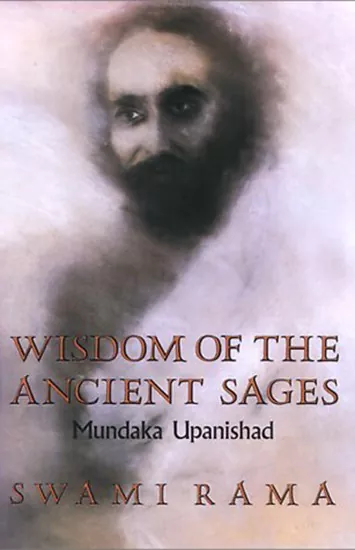 In Wisdom of the Ancient Sages, Swami Rama shares with the modern world the powerful and inspiring teachings of one of the worlds greatest spiritual texts: the Mundaka Upanishad. This beautiful translation and commentary affirms human nature as peaceful, creative, and transcendent. Its message will assist anyone who seeks to walk the path of personal andspiritual development.
In Wisdom of the Ancient Sages, Swami Rama shares with the modern world the powerful and inspiring teachings of one of the worlds greatest spiritual texts: the Mundaka Upanishad. This beautiful translation and commentary affirms human nature as peaceful, creative, and transcendent. Its message will assist anyone who seeks to walk the path of personal andspiritual development. -
 A daily guide and reminder of who we are, where we have come from and what our purpose in life is. The calendar includess 366 exquisite full color photographs that echo the divine nature of Swamiji's inspiring sayings gathered from his many books and lectures. Convenient, portable size and self standing spiral frame to fit easily on your desktop or table.
A daily guide and reminder of who we are, where we have come from and what our purpose in life is. The calendar includess 366 exquisite full color photographs that echo the divine nature of Swamiji's inspiring sayings gathered from his many books and lectures. Convenient, portable size and self standing spiral frame to fit easily on your desktop or table. -
 This is a practical book for people living in the world. The word "practical" implies that the teaching can be practiced in the world, in the midst of family, career and social obligations. No prior preparation is required for reading this book, and after reading this book, no further teaching is required. If one were to sincerely practice the teachings presented by Sri Swami Rama in this book, one will surely achieve the goal of self realization, a state described by Swamiji as the summum bonum of life, a state of bliss, a state of perfection.
This is a practical book for people living in the world. The word "practical" implies that the teaching can be practiced in the world, in the midst of family, career and social obligations. No prior preparation is required for reading this book, and after reading this book, no further teaching is required. If one were to sincerely practice the teachings presented by Sri Swami Rama in this book, one will surely achieve the goal of self realization, a state described by Swamiji as the summum bonum of life, a state of bliss, a state of perfection. -
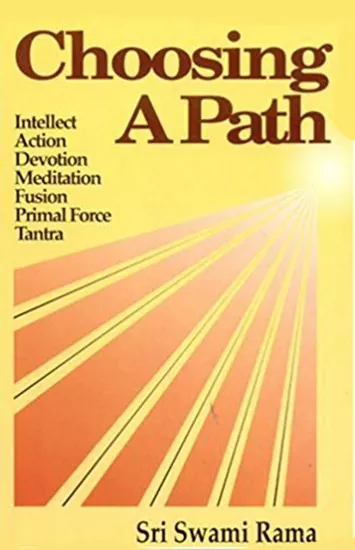 This book gives a glimpse and creates a provocative atmosphere for the intelligent and learned so that they will begin studying their inclination to follow a particular path, and so that they don't waste time and energy in the prevailing confusion of our times, but choose a definite path for themselves. The younger generation today is longing to seek something new and fresh, but it is torn by the conflicts created by guilt and fear. With these views in mind and to serve the needs of the aspirants and free-thinkers, I present this book.
This book gives a glimpse and creates a provocative atmosphere for the intelligent and learned so that they will begin studying their inclination to follow a particular path, and so that they don't waste time and energy in the prevailing confusion of our times, but choose a definite path for themselves. The younger generation today is longing to seek something new and fresh, but it is torn by the conflicts created by guilt and fear. With these views in mind and to serve the needs of the aspirants and free-thinkers, I present this book. -
 At the Feet of a Himalayan Master unfolds the secrets of personal sadhana and direct contact with a great guru that are rare to find in any published literature, and with contemporary and western disciples facing the modern world and all of its limitations. The book helps us understand the many facets and real nature of genuine spiritual practice in the Himalayan tradition and how it can transform the mind and heart.
At the Feet of a Himalayan Master unfolds the secrets of personal sadhana and direct contact with a great guru that are rare to find in any published literature, and with contemporary and western disciples facing the modern world and all of its limitations. The book helps us understand the many facets and real nature of genuine spiritual practice in the Himalayan tradition and how it can transform the mind and heart. -
Out of stock
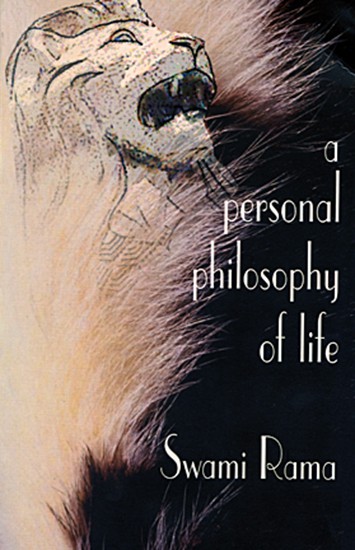 Swami Rama covers the entire philosophy of life in these lectures. It teaches the individual how to understand one word and that is called freedom—freedom from all bondages, from all ignorance. That state which is free from stress, strain, bondage and ignorance is called the state of enlightenment and that can be considered to be the state of perfection.
Swami Rama covers the entire philosophy of life in these lectures. It teaches the individual how to understand one word and that is called freedom—freedom from all bondages, from all ignorance. That state which is free from stress, strain, bondage and ignorance is called the state of enlightenment and that can be considered to be the state of perfection. -
 The Bhagavad Gita is the fountainhead of Eastern psychology, and this new, authoritative translation and commentary is designed to draw out the psychological concepts of this immortal text and make them accesible to all students. The author focuses on the relevance of these principles to today's world and explains their practical application in daily life. The author shows how each of the eighteen chapters of the Bhagavad Gita constitutes a separate lesson in truth and life. Each chapter describes a different aspect of the process of Self-realization, and the practices themselves progress toward the goal of life.
The Bhagavad Gita is the fountainhead of Eastern psychology, and this new, authoritative translation and commentary is designed to draw out the psychological concepts of this immortal text and make them accesible to all students. The author focuses on the relevance of these principles to today's world and explains their practical application in daily life. The author shows how each of the eighteen chapters of the Bhagavad Gita constitutes a separate lesson in truth and life. Each chapter describes a different aspect of the process of Self-realization, and the practices themselves progress toward the goal of life. -
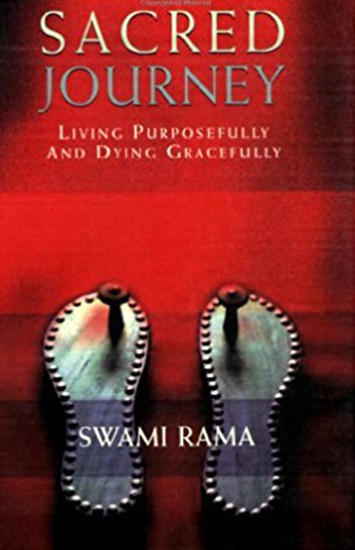 To understand death, a person must try to understand the purpose of life and the relationship between life and death. The two are partners, each providing a context for the other. Death is not a period, but merely a pause on a long journey. When life and death are accepted as having real meaning and purpose, and death is understood and accepted as part of the human journey, then the fear of death disappears and life can be lived fully. This book is about the relationship between life and death, and the 'how and why' of organizing one's life in a way that leads to expansion and growth, and that is helpful in preparing for the transition we call death.
To understand death, a person must try to understand the purpose of life and the relationship between life and death. The two are partners, each providing a context for the other. Death is not a period, but merely a pause on a long journey. When life and death are accepted as having real meaning and purpose, and death is understood and accepted as part of the human journey, then the fear of death disappears and life can be lived fully. This book is about the relationship between life and death, and the 'how and why' of organizing one's life in a way that leads to expansion and growth, and that is helpful in preparing for the transition we call death.




